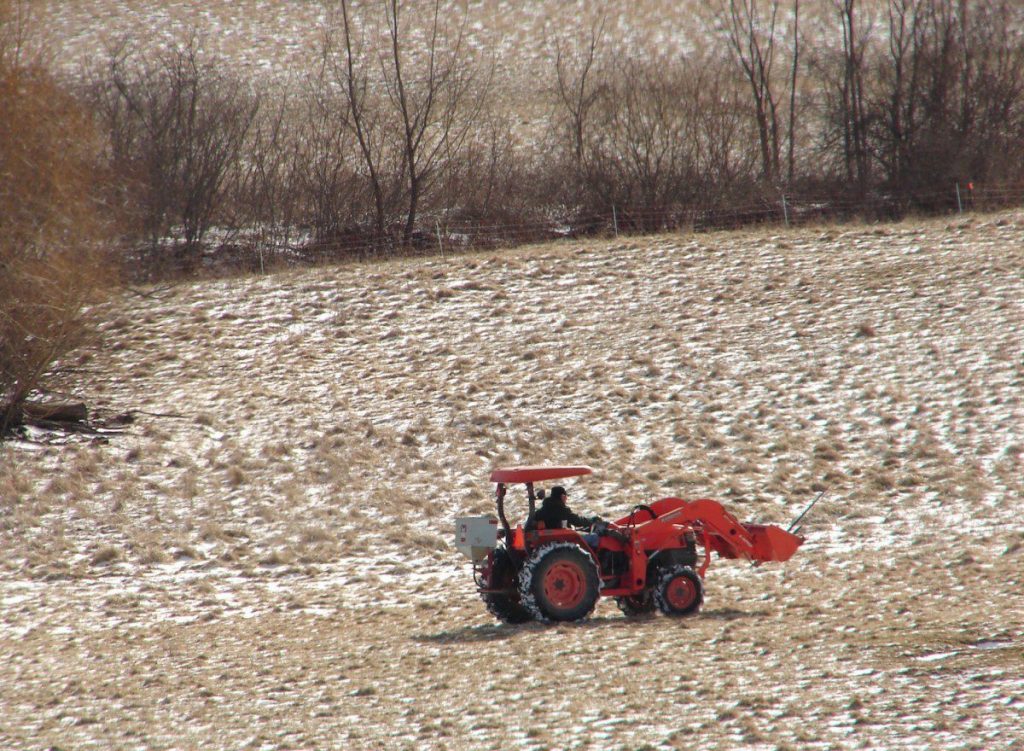There are several ways to improve farm pastures and food plots, but one of the best ways is through frost seeding or overseeding. Frost seeding involves casting grass seeds or legumes on existing grass pastures during late winter or early spring while the ground is still frozen. When you spread the seeds at the right time, nature’s ground-freezing and natural thawing cycle will work the seed into the soil. Not to mention, frost seeding is also found to be easier and cheaper.
Tips for Successful Frost Seeding
Look for thinning grass areas. These are preferred for frost seeding. It is important that the pasture or hay fields are closely grazed or clipped in the fall or winter to open the bare areas and expose the soil.
Check the fertility of the soil. The soil PH and fertility are important for forage production which is why testing the soil is non-negotiable.
Select which legume species to forage. Most frost seedings are made to introduce or increase a forage legume species on thinning grass areas. Legumes, according to research, improve animal growth rates, milk production, and reproduction.
Types of Legumes
White clover and ladino clover
These last longer than red clover, but are less tolerant of drought, overgrazing and low soil fertility. These plots can last for 3 or more years. Some improved varieties include stamina and crusade white clover and pinnacle ladino clover.
Red clover
These are the most popular legumes for frost seeding. It has high seedling vigor and is tolerant of a variety of weather conditions relating to pH and fertility, drainage, and drought. It can grow for at least 2 years. Improved versions are called FSG 402 and Bear Cat.
Birdsfoot trefoil
This is slow to establish, but once it has been established, it does well in a wide range of conditions. It’s advisable to mix red clover and birdsfoot because the red clover establishes quickly while the birdsfoot improves over time and becomes dominant as the red clover dies. Improved versions are pardee, leo, and norcen.
Disregarding the species, all seedings must be done with high quality and improved variety seeds. Using low quality seed is just a waste of time and money. High quality seed will benefit you economically in the long term when considering the entire lifetime of a plot.
The honey-combing method which involves alternately freezing and thawing in late winter is behind the basic principle of frost seeding. This is done between late February or March. It is done while the ground is still frozen.
Keep in mind, seeding on heavy snow is counterproductive because when it melts it might wash off the seeds. So, be sure to do this when snow is not covering the ground.
Grass and weeds will most likely grow side by side in the first two or three months. Allow moderate, periodic grazing after the grass starts growing but try to deter overgrazing. You can also choose to do some light mowing to control the grass and weeds.
It’s not too late! Now is the perfect time to begin frost seeding. Visit Martin’s Feed Mill to shop our wide variety of seed packets, fertilizer and lime, food plot minerals and more. Shop in store or give us a call to place your order: 814-349-8787
